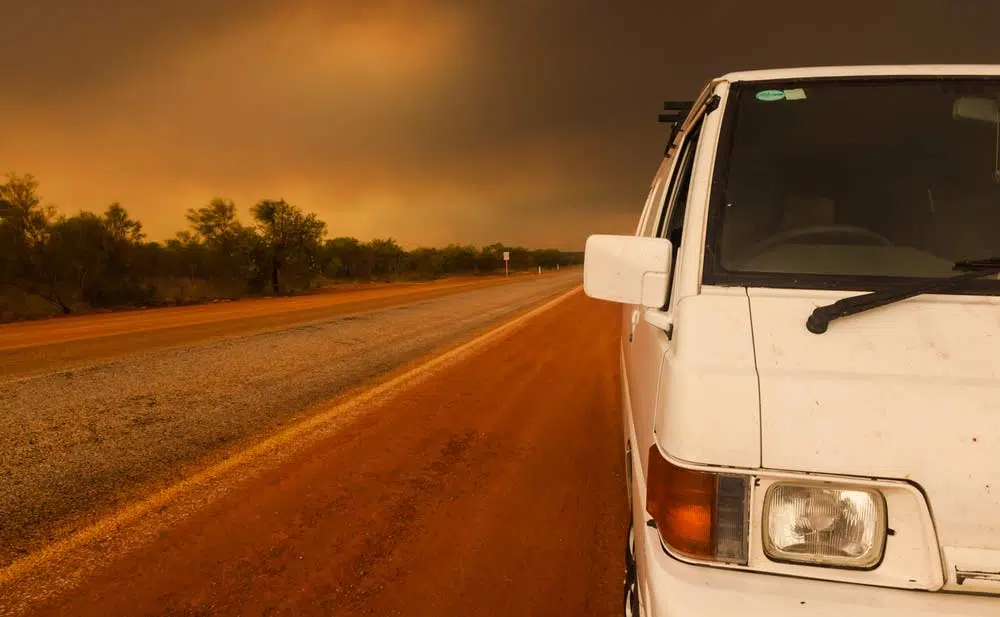With the summer rapidly approaching and the extreme heat looming, it’s important to know how to landscape your land to protect your property from bushfires. Whether you are planning to landscape your yard or a much larger area, it is vital that you pay attention to how this will impact the likelihood of bushfires spreading. Read on to find out what you can do to avoid this problem.
How Do Bushfires Start?
Bushfires are a very common occurrence in Australia. While they’re usually the result of natural causes, like lightning strikes that ignite the dry ground, unfortunately, they are sometimes started by people. Once a bushfire starts, it can be very hard to tackle since the intense heat which emanates from the fire is quickly transferred to other fuel sources (leaves, twigs, bark, mulch, ferns, grass etc). This continues until there is no more fuel or the fire is put out.
How Can I Landscape To Avoid This?
If you are going to undertake a landscaping job in the future, there are a few things you can take note of when planning the layout of your garden, or that you should be aware of in order to minimise the likelihood of damage.
Wind Direction & Topography
One of the primary factors that drive a bushfire once it starts is the wind. The topography of the landscape you are designing needs to work in conjunction with this since continuous rows of vegetation can create funnel fires. Factor this in when landscaping by making sure that the layout of any trees and plants is scattered. It can be useful to know, before planting, what the typical wind speeds and directions are in your area.
Garden Distance From The Property
If it’s your garden you are landscaping, or there are any properties around the space that you are working on, you will need to be especially careful when considering the distance between those and the garden or area you’re landscaping. It is vital that you are aware of the height of vegetation and how far flames could spread. It is a good idea to avoid placing any shrubs or plants near buildings, but if this is unavoidable, make sure they’re low-lying.
The defensible space, the buffer between your home and any wildlands, should be around 100 feet. This allows space for any wildfire to slow down or ideally be stopped before it comes into contact with your home. Smaller plants can be added but should be kept further than 30 feet from your home and you should avoid placing vegetation within 10 feet of each other to prevent any fire from spreading.
Plant Choice
There are lots of types of vegetation that could work brilliantly amidst your landscaping, however, you should definitely consider how this will affect bushfires since some are much more prone than others to catching alight. Some of the most flammable plants include Leyland and Italian cypress, rosemary, eucalyptus, and a variety of ornamental grasses. If you are determined to have these plants in your garden, make sure to keep them at least 30 feet from any outdoor structure or your home.
Plants with compact dense growth, low oil content, high moisture content in their leaves, salt in their foliage and smooth bark are less likely to burn, so it’s worth considering these when planting. Many silvery-grey leafed plants are great options.
What If I'm Still Not Sure?
If you have taken all of these considerations on board and are still worried about the potential risks, then why not contact Bushfire and Environmental Management Consultancy? We can carry out an assessment of the area and complete threat reports. As well as this, we offer land management services to make sure your mind is entirely set at ease and you don’t have to spend another second worrying. So, if you’re ready for us to take your stress away, contact us through our phone number or our online form today.








